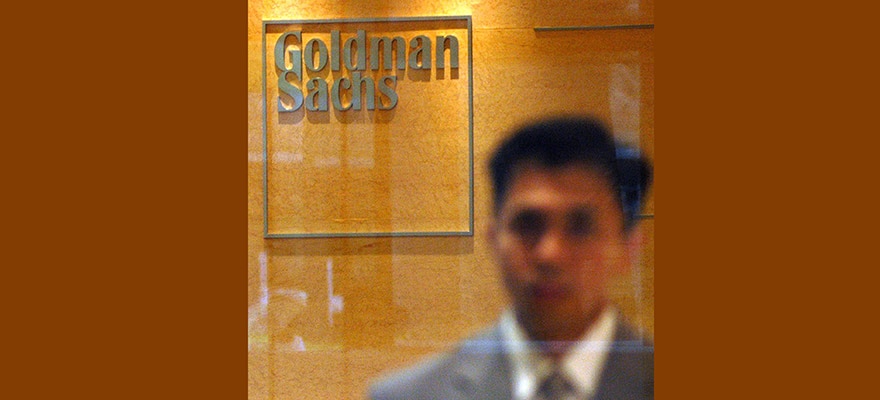Goldman Sachs has just reported a relatively upbeat quarter which for the time being has concluded the main cost cutting efforts on which the bank embarked in the first half of 2016. The company’s management stressed that its restraint regarding pay should boost the firm’s bottom line in the coming years with about $700 million per year.
Goldman Sachs has successfully completed a set of cost cutting measures in the second quarter of 2016, as the firm set aside $3.33 billion for compensation and benefits. This marks a decline of 13 per cent when compared to the same period of last year.
During the second-quarter earnings call on Tuesday, the Chief Financial Officer (CFO) of Goldman, Harvey Schwartz, pointed towards the Brexit as the main reason for the relatively subdued quarter.
FICC Business Slowly Picking Up Due to Fixed Income
During the second quarter of 2016, Goldman Sachs booked net revenues of $3.7 billion from its FICC (Fixed Income, Currencies and Commodities) and equities businesses. The figure is higher by 7 per cent when compared to the first quarter of 2016.
Looking at client Execution , the company’s net revenues totaled $1.9 billion in the second quarter, which is higher by 16 per cent when compared to the first quarter of the year. The increase has been mainly attributed to the fixed income unit with currencies and commodities declining when compared to the first quarter.
The equities side of Goldman Sachs' business has ticked lower with net revenues for the second quarter totaling $1.8 billion. The client execution net revenues from equities trading totaled $587 million, a figure which was higher by 25 per cent sequentially.
During the quarter, the U.S. bank marked that trading conditions have been better for market making. At the same time, corporate activity drove improved performance commissions and fees were $745 million, which is lower by 15 per cent quarter-on-quarter. The move reflected lower volumes than in the first quarter.
The securities services business of Goldman Sachs added $422 million to net revenues, which is lower by 2 per cent when compared to the first quarter. Client activity has been higher but was offset by declining client balances and lower spreads.
CFO Harvey Schwartz Highlighting Market Conditions
Commenting on the overall slowdown in the FICC business, Schwartz said during the earnings call: “In terms of client activity levels and run rate, trading activity levels and the industry trends over the last couple years have been in a decline. When you look at the factors in terms of our clients and what they need, our clients are still there and they still need those services.”
"The turbulence in the first quarter in January and February, and then the concerns about Brexit in the second quarter, have been the main factors that contributed to reduced client sentiment, reduced confidence, and as a result reduced activity,” he elaborated.

















